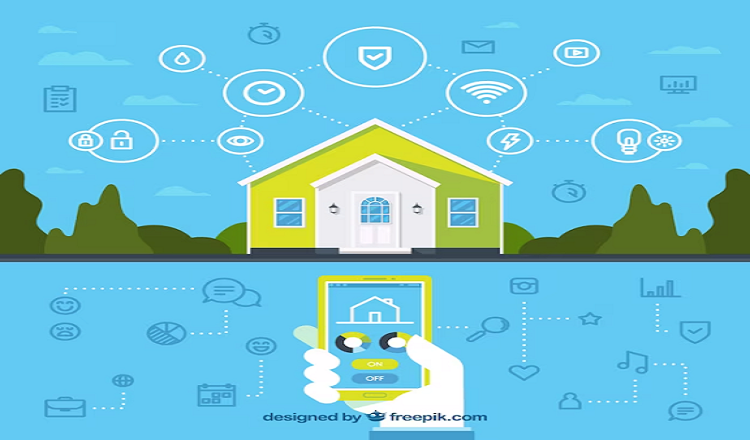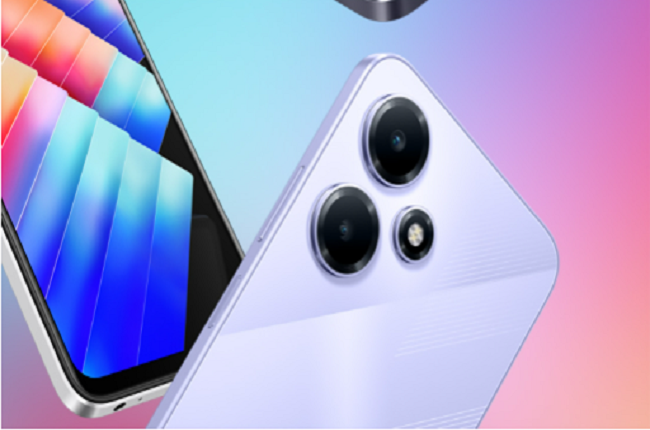Are you sick of having to manually change the temperature on your thermostat or switch off the lights when you leave a room? Have you ever wished you could command your home’s thermostat, lighting, and security using a voice assistant or your smartphone? In such case, a fully wired smart home might be exactly what you need.
A home that has all of its equipment and gadgets connected to the internet and voice-activated, mobile devices is referred to as a fully connected smart home. These gadgets are made to simplify and improve the quality of our lives, from smart thermostats to smart locks and cameras.
It comes as no surprise that smart homes have become very popular in recent years. People are constantly looking for methods to make their lives easier and more comfortable given the growing dependence on technology. Smart homes do have benefits and drawbacks, though, just like any other technology. In this post, we’ll examine the advantages and disadvantages of a fully wired smart home in the USA. So, grab a seat, and get ready to find out if a smart home is the perfect choice for you.
Benefits of a smart house that is fully connected
Convenience and ease of use are two of a fully connected smart home’s most important benefits. You can manage every part of your house with just a few touches on your smartphone or voice commands to your virtual assistant, including the lights, security, and temperature. Additionally, you may set up smart homes to carry out particular activities automatically, such as shutting off the lights when you leave a room or setting the thermostat to the ideal temperature.
The enhanced energy efficiency and cost savings offered by smart houses are another noteworthy benefit. For instance, smart thermostats can learn your preferences and change the temperature accordingly, saving you a lot of money on your energy costs. In order to prevent energy waste when you’re away from home, smart appliances and lighting can also be managed remotely.
Additionally, smart houses offer more advanced security and safety measures. With smart locks and cameras, you can keep an eye on your house from anywhere and get notifications if anything unusual happens. Additionally, intelligent CO and smoke detectors can alert you to potentially dangerous circumstances.
A seamless experience can be created by integrating smart homes with other smart technologies and gadgets. A fully connected smart home can communicate and interact with various devices, from wearables to smart speakers, improving the comfort and convenience of your life.
Pros and cons of a fully linked smart house
Fully wired smart homes provide many benefits, but there are some negatives as well. The high initial expenditures of putting smart home technology into place are one of the key issues for homeowners. The cost of installing gadgets and integrating them into your home can be high and may call for a sizable expenditure.
The possibility of security and privacy risks is another issue. Numerous data breaches, hacks, and even spying have occurred as a result of the massive volumes of personal information collected by smart homes. To minimise threats, homeowners must take extra care to secure their networks and gadgets.
The reliance on technology that smart homes have can also lead to potential system breakdowns, which is another disadvantage. The system can be completely disrupted by a power outage, a bad internet connection, or even a broken device, which would deprive homeowners of control over their home’s fundamental operations.
Finally, compatibility problems with older homes and gadgets might be a major obstacle. Older homes might not be able to use some smart home appliances, or they could need further renovations. This can raise the overall price of setting up a fully wired smart home.
Convenience and simplicity of usage
It is impossible to emphasise the comfort and simplicity that smart home technology provides. Using their voice, phone, or tablet, homeowners can operate many components of their smart home. Smart homes provide unprecedented control and convenience, allowing you to do everything from change the thermostat to unlock the doors.
Smart lights that can be controlled remotely or set to turn on and off at certain times are other examples of popular smart home gadgets that make life more convenient. Smart thermostats can learn your preferences for temperature and adapt themselves accordingly. Reminders, phone calls, and even ordering groceries can all be done with the assistance of smart home assistants like Google Assistant and Alexa from Amazon.
Accessibility for people with impairments can be improved via smart home technologies. People who have trouble moving about their homes can more easily control key functions with the help of gadgets like voice-activated assistants and smart locks. In order to make homes more accessible for individuals with disabilities, smart home technology can also be integrated with other accessibility tools, such as stairlifts and wheelchair lifts.
Enhanced energy efficiency and financial savings
The use of smart home technologies can dramatically increase energy efficiency and result in significant cost savings. For instance, smart thermostats may learn your preferences for temperature and change the setting automatically to save energy. Similar to smart lighting, which can be set to turn off when no one is present in the space, this technology saves energy.
Smart power strips, which may turn off equipment when they aren’t in use, and smart blinds, which can be set to change depending on the time of day and sunlight, are two common smart home technologies that save energy.
Reduced energy use can help smart homes save money on electricity costs. Homeowners can significantly lower their monthly energy expenditures by utilising energy-saving technologies and managing energy use more effectively. Smart homes are not only practical but also financially advantageous as a result of the cumulative savings over time.
Higher levels of security and safety
Smart home technology can greatly improve house security, giving owners more protection and peace of mind. Homeowners may watch their houses remotely and manage access to their property with the help of smart home security tools like video doorbells, motion sensors, and smart locks.
Security cameras with remote access and control via a smartphone or tablet are another popular smart home security solution. By warning homeowners of potential risks and delivering notifications to their devices, smart carbon monoxide and smoke detectors can also enhance safety features.
Additionally, emergency responses such as setting off alarms or dialling for help can be programmed into smart houses. Overall, smart home technology adds a degree of security and safety that conventional home security systems are unable to match.
Adaptation to other smart technologies and gadgets
Integration with other smart technologies and gadgets is one of the main advantages of smart home technology. Smartphones, tablets, and voice-activated assistants like Amazon’s Alexa and Google Assistant are just a few of the platforms that may be used to control and automate smart home devices.
Popular smart home integrations include combining smart lighting with streaming music services for a customised home entertainment experience or combining a home security system with smart locks for increased convenience and security. Electric cars, renewable energy sources, and even smart cities can all be integrated with smart home technology.
Future integrations of smart homes are nearly infinitely possible as technology develops. Smart homes will become even more logical and effective with the integration of artificial intelligence and the Internet of Things, boosting the convenience and utility they provide.
Conclusion
In conclusion, a completely wired smart home offers a wide range of advantages, such as comfort, enhanced energy effectiveness, more security and safety features, and the potential for seamless integration with other smart gadgets and technology. The dependence on technology, significant upfront expenses, potential privacy and security problems, and other issues are just some of the difficulties and negatives that it also has.
The future of smart homes is bright despite the difficulties. As technology develops, smart homes will become ever more user-friendly, effective, and customised to suit unique needs and preferences. However, it’s critical for people to carefully assess their own needs and preferences for a smart home, evaluating the benefits against the costs and dangers that could arise.
When deciding to make the investment in a smart home, it is crucial to pick the gadgets and technologies that best suit your demands and way of life. You should also take the required safety measures to protect your privacy and security. Individuals can decide whether a fully integrated smart home is the best option for them by carefully weighing all of the advantages and disadvantages.
Read More You May Like:











